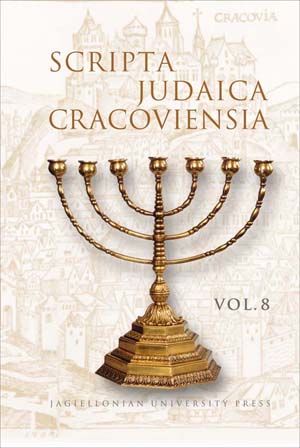To Learn and to Remember from Others: Persians Visiting the Dura-Europos Synagogue
To Learn and to Remember from Others: Persians Visiting the Dura-Europos Synagogue
Author(s): Touraj DaryaeeSubject(s): Jewish studies
Published by: Wydawnictwo Uniwersytetu Jagiellońskiego
Keywords: Jews; History; Persians,m Syria; ancien Near East
Summary/Abstract: The city of Dura-Europos1 in modern day Syria provides a microcosm of multi-ethnic and multi-religious life in the late ancient Near East. Although there are debates as to the exact date of the conquest of the city, the year 256 CE appears to be the most plausible date in which the King of Kings, Šāpur I took Dura.2 In the third century, the city was abandoned and so the life of Dura came to an end after more than half a millennium of existence.3 Its apparent sudden abandonment has made it a wonderful archaeological playground for studying life in the third century CE on the border of the Irano-Hellenic world of antiquity. The city had changed hands several times since its creation in the fourth century BCE by the Seleucids to when Mithradates II (113 BCE) conquered it and brought it into the Arsacid imperial orbit, where it emained for three centuries. The Arsacid control of a trading town or as it was once called a caravan town, works well with the story that Mithradates II, several years before the takeover of Dura-Europos, had concluded an agreement with the Chinese Emperor Wudi for trade cooperation. In the larger scheme of things, these activities, no matter how accurate the dating is, suggest the idea that the Arsacids may have been thinking of the creation of a large trade network as part of what modern historians have called the “Silk Road.” Dura was subsequently conquered in the second century CE by Emperor Trajan (115–117 CE) and later, in 165 CE, by Avidius Cassius, after which it stayed in Roman hands for almost a century. The Sasanians in turn conquered the city in 256 CE.
Journal: Scripta Judaica Cracoviensia
- Issue Year: 2010
- Issue No: 8
- Page Range: 29-37
- Page Count: 9
- Language: English

